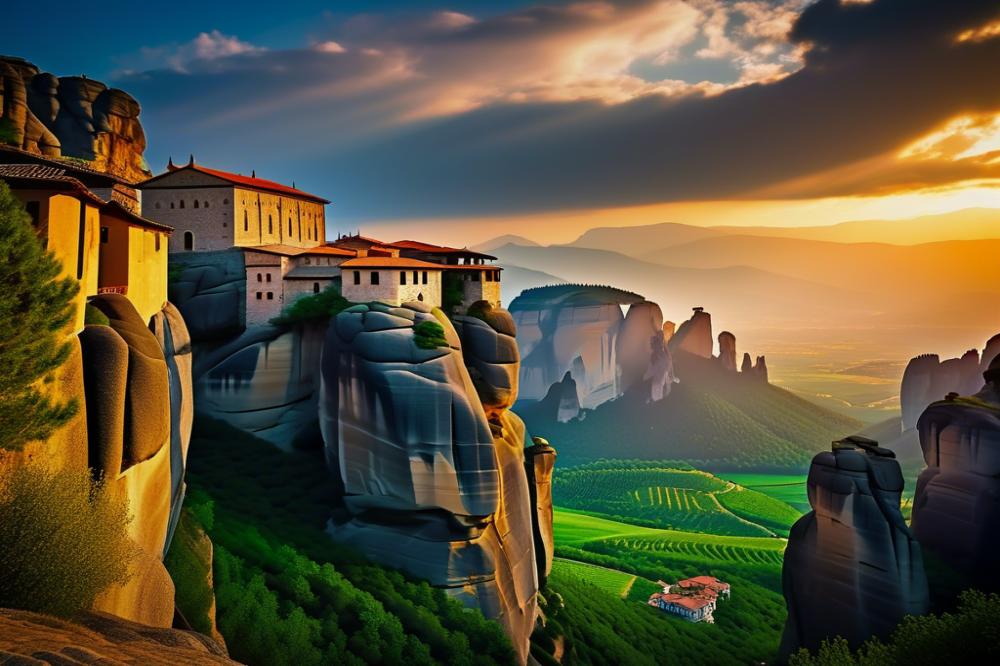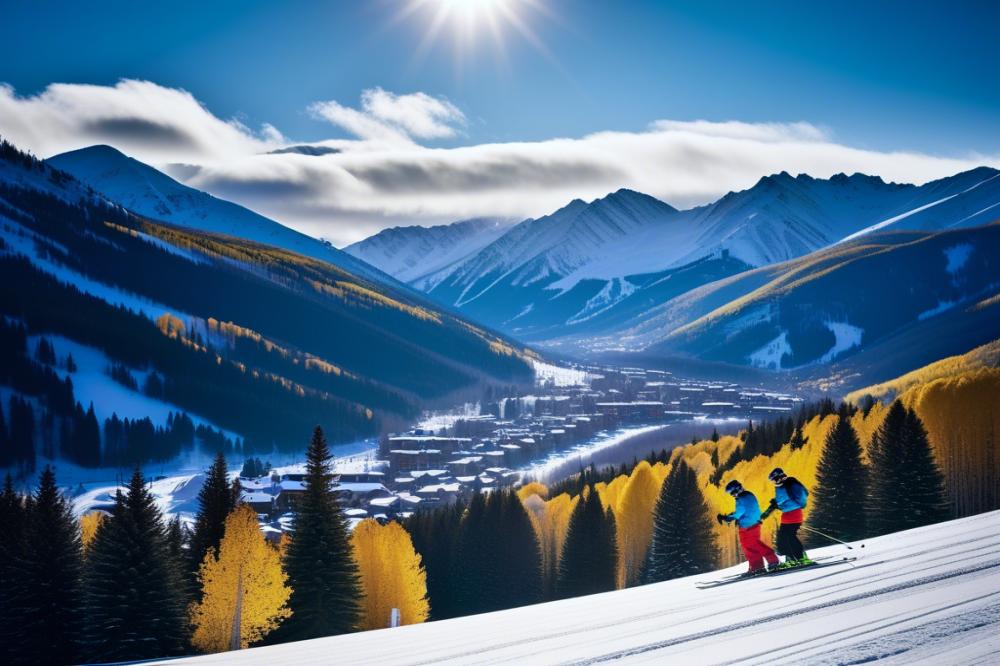Introduction
The Meteora Monasteries stand as an extraordinary testament to human creativity and devotion. Nestled in central Greece, these rock formations rise dramatically from the landscape. It is here that ancient monks built their floating monasteries, defying gravity and time. Today, this UNESCO World Heritage site draws visitors from around the world who seek to explore its rich history and spiritual significance.
Religious tourism plays a vital role in the appeal of these stunning structures. The awe-inspiring landscape, combined with the profound sense of peace found within the monasteries, creates a compelling reason for many to visit. Hiking trails weave through the rocky terrain, offering fantastic views and a chance to connect with nature. Travelers often describe the experience as transformative, immersing themselves in Greece‘s cultural and spiritual heritage.
For those based in the Greek Islands, a day trip to Meteora offers an unforgettable adventure. Journeying from island paradises to the rugged beauty of Kalambaka presents a stark contrast. This excursion allows travelers to witness stunning vistas while engaging with a key part of Greek history. Whether one is an avid hiker or simply enjoys exploring remarkable sites, Meteora’s magnetism is undeniable.
Getting to Kalambaka from the Greek Islands
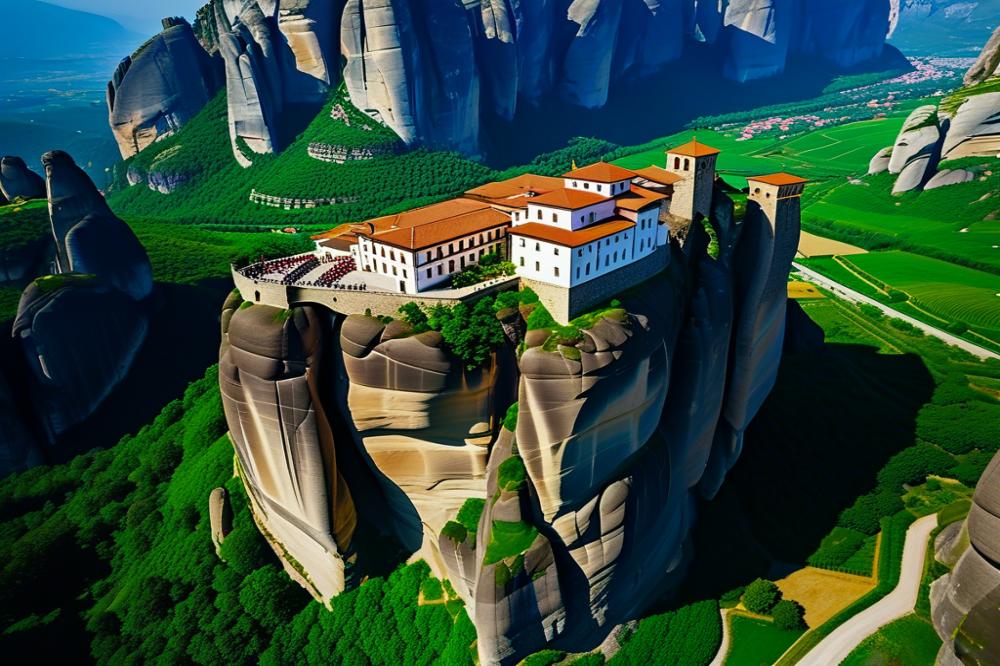

Traveling from the Greek Islands to Kalambaka is an exciting adventure. Various transportation options are available. Visitors can choose from ferries and trains for their journey.
Transportation Options: Ferries and Trains
Ferries regularly operate between the islands and the mainland. Most travelers take a ferry to Athens first. From Athens, trains connect directly to Kalambaka. These train rides provide comfort while allowing you to relax and enjoy the scenic views. It’s advisable to book tickets ahead of time, especially in peak tourist season.
Travel Time and Planning Tips for a Day Trip
The entire trip can take around five to six hours, so planning is crucial. Organizing your schedule will help maximize your time at the breathtaking rock formations. Aim to catch an early ferry to Athens. This way, you can board a train by mid-morning. Arriving in Kalambaka early lets you explore the Meteora Monasteries more thoroughly. Keep local transportation options in mind for getting around once you arrive.
Scenic Routes and Views During the Journey
The journey showcases stunning landscapes that Greece is famous for. As the ferry sails away from the island, picturesque coastlines appear. Then, the train ride to Kalambaka offers its own charm. You’ll pass through rolling hills and beautiful countryside. The view of the rock formations will leave a lasting impression. The sights along the way enrich the travel experience, blending culture and history seamlessly.
Exploring the Meteora Monasteries
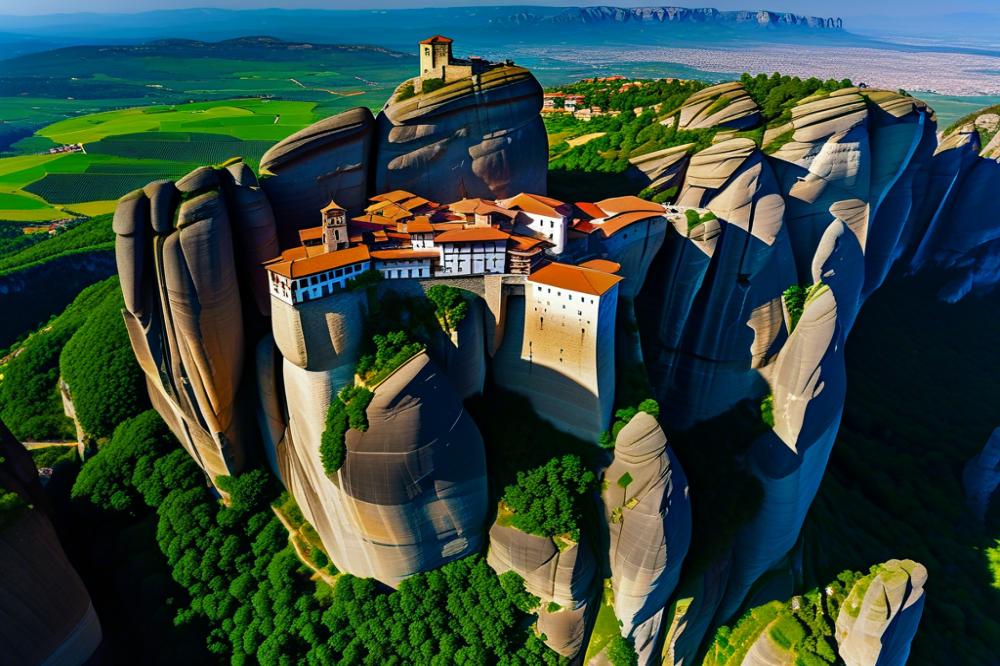

The Meteora region in Greece is famous for its stunning rock formations. These natural wonders are home to several floating monasteries. Recognized by UNESCO for their historical significance, these sites attract countless visitors each year. They stand as a testament to the resilience and devotion of their founders. Built atop massive cliffs, the monasteries appear to soar into the sky, creating a breathtaking scene.
History and Architectural Significance
The construction of these monasteries began in the 14th century. Monks sought a place for solitude, turning to the rocky hills of Meteora for refuge. Their choice of location was not just for protection but also for a chance to be closer to God. Characterized by their Byzantine architecture, these buildings boast intricate frescoes and impressive domes. Visitors marvel at the craftsmanship and the effort taken to establish these spiritual havens.
Major Monasteries to Visit
Great Meteoron stands as the largest and oldest of the monasteries. Founded in 1340, it is a perfect example of Byzantine art and history. Inside, the ornate chapels and museum hold numerous artifacts. Varlaam Monastery is another essential stop. It features stunning views and remarkable frescoes that showcase religious stories. Rousanou and Trinity Monasteries also deserve attention. Both are smaller but equally captivating, each with its charm and stories to tell.
Cultural and Religious Importance
Every monastery represents a blend of culture and faith. They serve as active religious sites for monks and visiting pilgrims. Religious tourism flourishes here, providing visitors with the chance to connect with ancient traditions. Many people hike along trails linking these monasteries. This activity not only offers magnificent views but also a chance to immerse in the local history. Each site embodies the essence of Orthodox Christianity, allowing for reflection and spiritual growth. Exploring these sacred places connects travelers to Greece’s rich past.
Activities and Experiences at Meteora
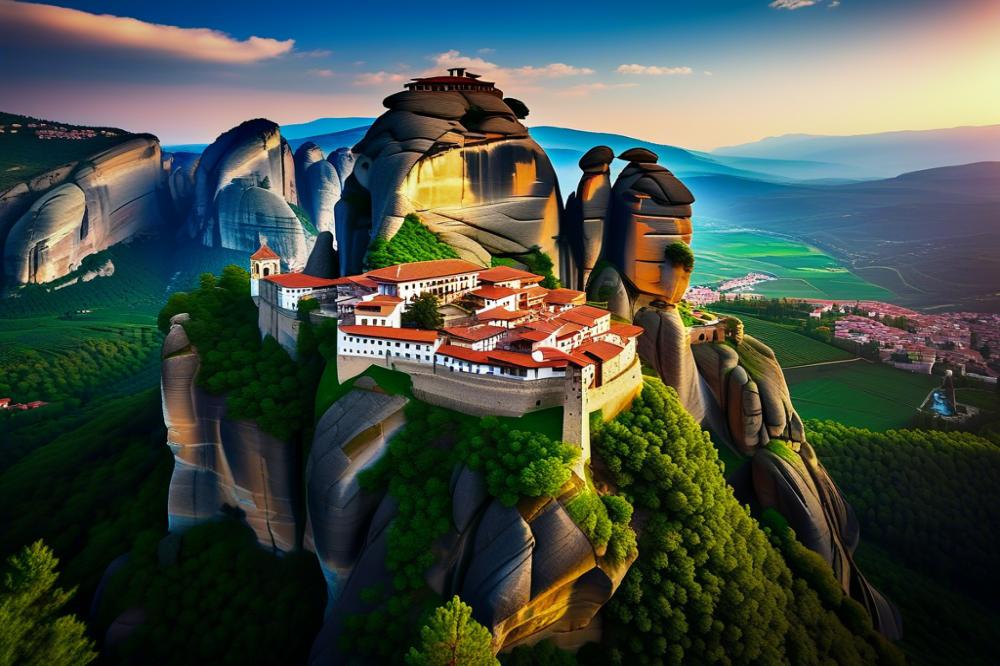

Hiking Trails and Walking Routes with Stunning Views
Exploring the trails around Meteora offers an unforgettable experience. Several paths snake through the area, providing access to breathtaking vistas. Many of these routes are suitable for various skill levels. Adventurers can choose easy strolls or challenging hikes. Walking through pine forests, you may encounter wildflowers in bloom. The fresh mountain air invigorates the senses. Each step reveals more of the incredible rock formations that make this site famous. Hiking here feels like stepping into another world.
Photography Opportunities Among the Rock Formations
Capturing the beauty of the floating monasteries creates lasting memories. Photographers will find countless angles to frame their shots. Sunrise and sunset bring a magical glow to the landscape. The stark contrast between the rugged cliffs and the delicate structures is striking. Many visitors stop to snap photos at various viewpoints. A camera is a must for anyone exploring this UNESCO World Heritage site. Whether you are an amateur or a professional, this location is a treasure trove for photography enthusiasts.
Guided Tours and Workshops on History and Culture
Learning about the rich history of the Meteora Monasteries can enhance the visit. Several companies offer guided tours, providing valuable insights into the area’s past. Knowledgeable guides share stories of the monks who once lived here. Participating in workshops can deepen your understanding of Greek culture. Topics vary, covering everything from the art of icon painting to local customs. Engaging with history brings a new appreciation for the region. Kalambaka serves as an excellent base for these explorations. Religious tourism thrives here, drawing visitors from around the globe.
Practical Tips for Visiting Meteora
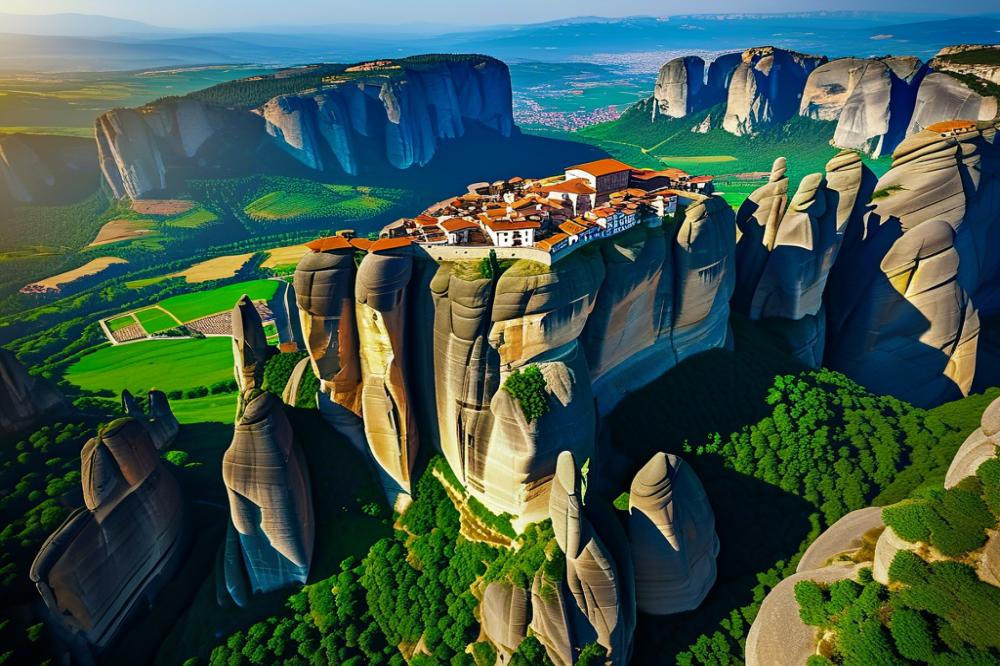

Best time to visit for weather and fewer crowds
Visiting Meteora can be best enjoyed from late spring to early fall. From May to October, the weather tends to be warm and sunny. Crowds are thinner in early May and late September. This is the perfect time for enjoying the stunning views without feeling rushed. Temperatures are generally pleasant, making it ideal for hiking. Consider avoiding July and August when many tourists flock to the region. Balanced conditions will enhance your experience of the floating monasteries.
Dress code and etiquette for visiting monasteries
When exploring these sacred sites, dressing appropriately is crucial. Both men and women should cover their shoulders and knees. Women are often required to wear a long skirt or dress. Many monasteries provide wraps for visitors who do not comply. Respect for religious customs is very important. Speaking softly helps maintain a peaceful atmosphere. Photography may be prohibited in certain areas, so be aware of any signs. Always greet the monks and nuns politely, as they may share their history and culture with you.
Essential items to bring for a successful day trip
Planning ahead can make your day at Meteora enjoyable. A sturdy pair of walking shoes is essential for hiking the trails. Carry a refillable water bottle, especially during summer months. Snacks are also a good idea, as exploring can build up your hunger. Don’t forget your camera for capturing the breathtaking rock formations. Bring a hat and sunscreen to protect against the sun. A travel guide or map will help navigate Kalambaka and the surrounding areas. Keep these items handy to make the most of your visit to these incredible landmarks.
Final Thoughts on the Journey to Meteora
Visiting the monasteries perched atop cliffs is an experience that will stay with you long after your trip. The breathtaking views and rich history create a sense of wonder. Each monastery offers a glimpse into a spiritual life that has endured for centuries. Walking the steep paths, you can feel the weight of both time and faith around you. This adventure stands out against the backdrop of Greek islands, making it a must-see destination.
Incorporating a visit to Meteora into your travels will enhance your holiday experience in Greece. Many travelers often focus on beautiful beaches and vibrant nightlife. Yet, a day spent among these stunning formations brings a different kind of joy. The majestic rock formations combined with the artifacts and artistry within the monasteries tell a story like no other.
Cultural heritage thrives in this UNESCO World Heritage site. It reflects a blend of nature’s grandeur and human achievement. Recognizing the importance of such sites widens one’s appreciation for history and spirituality. As you explore this region, take time to reflect on the lessons learned from its past.
To wrap up, a day trip to these iconic structures is well worth the effort. The serene environment, along with a sense of peace, can transform your perspective. Choose to include this journey in your plans; it will add depth to your Greek escapade. Embrace this opportunity to connect with the unique beauty and rich traditions waiting to be discovered in Meteora.

